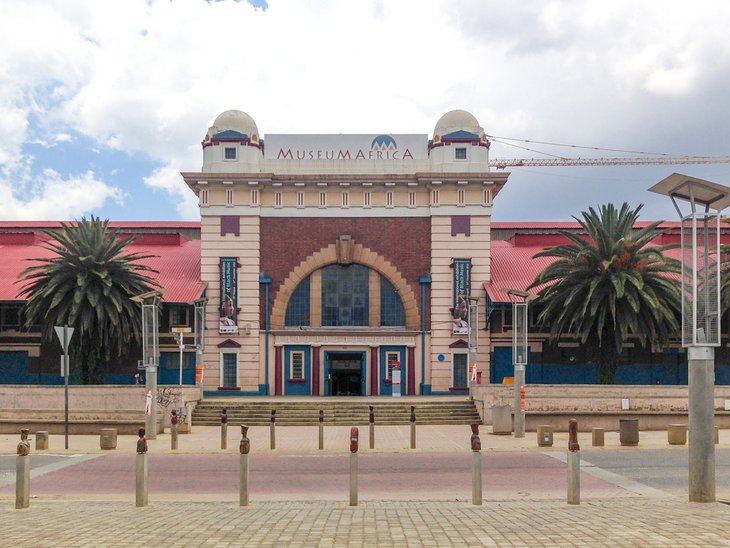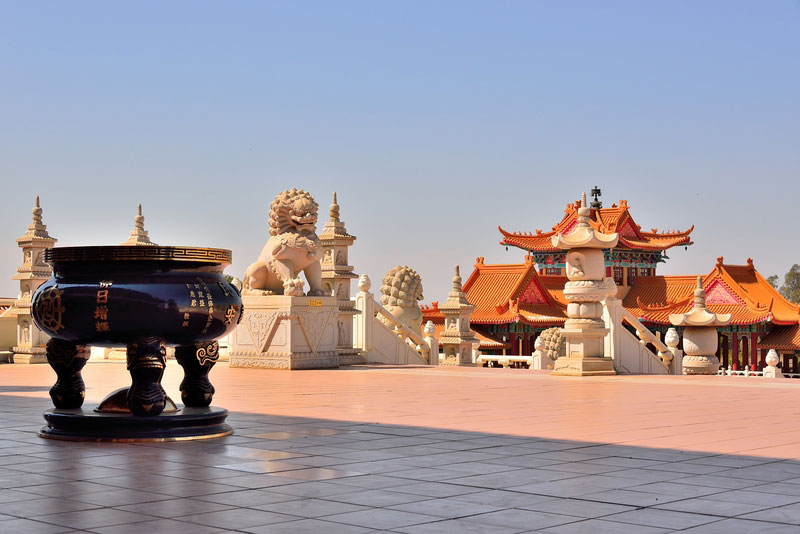The Johannesburg North Attractions PDFs
Table of ContentsNot known Factual Statements About Johannesburg North Attractions Top Guidelines Of Johannesburg North AttractionsGetting My Johannesburg North Attractions To WorkThe Definitive Guide for Johannesburg North AttractionsAll about Johannesburg North AttractionsJohannesburg North Attractions Can Be Fun For Everyone
The city owes its area to the visibility of a a lot more valuable resource: gold. The city grew on the edge of the Witwatersrand Key Reef, a below ground stratum of gold-bearing quartz-silica conglomerate that arcs for thousands of miles below the Highveld. Many of the gold mines in the city discontinued procedure in the 1970s, however in its day the Witwatersrand gold sector accounted for greater than 40 percent of the globe's yearly gold manufacturing.Johannesburg has a temperate environment. Summer season temperatures balance about 75 F (24 C); winter months temperature levels average concerning 55 F (13 C) and only sometimes dip listed below cold. The city appreciates about 8 hours of sunlight daily in both winter months and summer. Rain standards about 28 inches (700 millimetres) per year, yet the overall varies significantly from year to year.
What rainfall the city receives falls nearly exclusively in the summer season months, typically in stunning late-afternoon electric storms., where many citizens still count on coal for fuel.

The Johannesburg North Attractions Statements
The equilibrium of the city is occupied by whites. Accommodation varies in personality and top quality. Soweto is infamous for its unlimited rows of municipally constructed, two-room matchbox homes, yet it additionally has a couple of thriving enclaves along with teeming squatter camps, where 10s of thousands live without water, electrical power, or sanitation centers.
Physical development, although somewhat limited by transportation, continued swiftly as immigration to South Africa, and Johannesburg specifically, enhanced substantially. This issue was fixed in the 1930s when the automobile was introduced in mass manufacturing to South Africa. Cars were, generally, confined to the wealthy, and permitted them to transfer to the north of the city and commute into the centre.
Many inadequate suburban areas were mixed, with bad blacks and whites living with each other, although the wealthy residential areas were normally booked for whites. This altered with the election of the National Celebration in the 1948 political elections, who started to formalise the system called racism. Apartheid officially assigned which suburbs each race could live in under the Group Areas Act.
The previous system of eleven numbered areas was reorganised in 2006. Marshalltown, as seen from the top of the Carlton Centre. The M1 and M2 run behind the buildings, and the southern suburban areas expand past the highway limit. The central city of Johannesburg is located within the city's Area F. The approximated population of the region is 200,000, [] The number of individuals living in the internal city on an informal basis is unknown, as several are unlawful immigrants. A lot of higher-income citizens and white people have actually relocated to the northern suburban areas and have been replaced by lower-income black individuals. The joblessness, education, and age profiles of the area are all unknown, because of the problem of getting reliable information concerning the location.
The smart Trick of Johannesburg North Attractions That Nobody is Discussing
Centred on the CBD, the area consists of the residential areas of Yeoville, Bellevue, Troyeville, Jeppestown, and Berea to the east. To the west it spreads out to Pageview (Johannesburg North attractions) and Fordsburg. There are small commercial areas to the south, such as City West-Denver and Benrose. Around 800,000 commuters pass with the internal city daily, and it operates as a regional purchasing node for visitors from the southerly suburban areas. Yeoville and Bellevue have a mix of apartment or condo structures and solitary household systems on tiny great deals. The region is located on a mountainous divide that runs from eastern to west.

The smart Trick of Johannesburg North Attractions That Nobody is Discussing
The Clicking Here eastern residential areas are some of the oldest locations of Johannesburg, there are huge neighborhoods of Jewish and various other European backgrounds, the majority of the population is English speaking. There are three golf courses as well as a number of secured ridges with viewsites.
The area is mostly made up of old "matchbox" residences, or four-room homes developed by the federal government, that were developed to supply low-cost accommodation for black employees during discrimination. Soweto is an acronym, standing for "South Western Townships". Street after street around is lined with matchboxes; however, there are a few smaller sized areas where flourishing Sowetans have built houses that are extra similar in stature with those in even more wealthy residential areas.
Hostels are an additional prominent physical attribute of Soweto. Originally constructed to house male migrant workers, lots of have actually been boosted as houses for couples and households. The N1 Western Bypass skirts the eastern limit of Soweto. The suburban area was not traditionally enabled to produce work centres within the area, so nearly all of its citizens are commuters to other components of the city.
Some Of Johannesburg North Attractions
The N1 Western Bypass attaches the north suburban areas with the north-western residential areas. The houses in the north suburbs are mostly official, with no significant areas of informal housing, or real estate that does not have an irreversible framework. Although this is a well-known area, there is a trend of land usage change from household to business, particularly along main arterial roadways and around recognized nodes.
Roads to the eastern and west are much less well developed, as there are no highways important site taking a trip in that direction. In the direction of the north boundary of the city, the thickness of development decreases, leaving large areas of primitive land around Midrand.
8 Easy Facts About Johannesburg North Attractions Explained
, which is go to website located on a hill neglecting the internal city and Hillbrow.